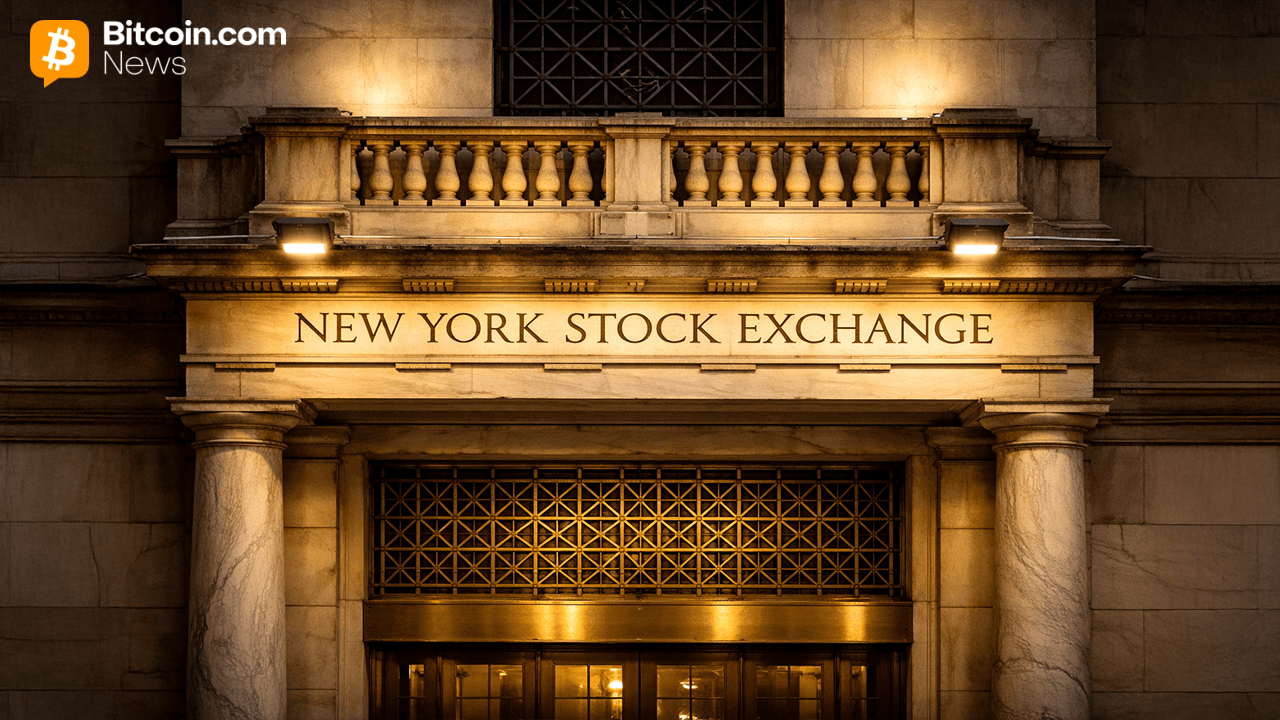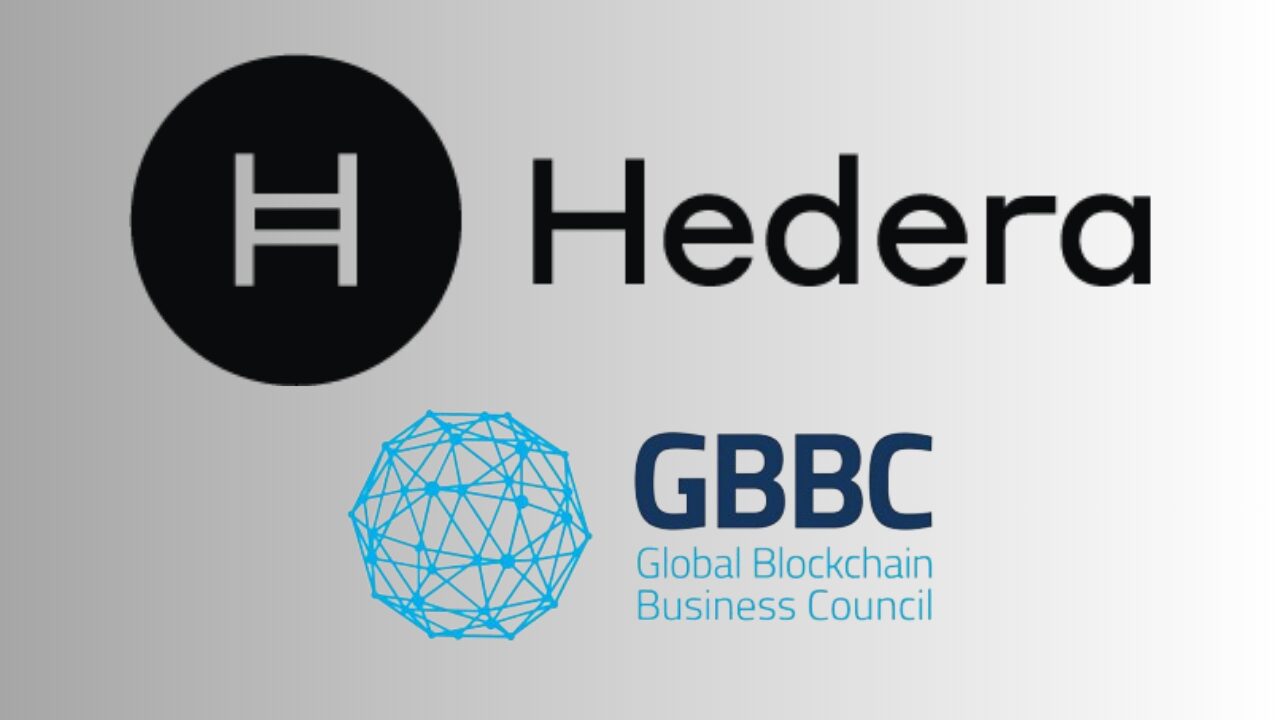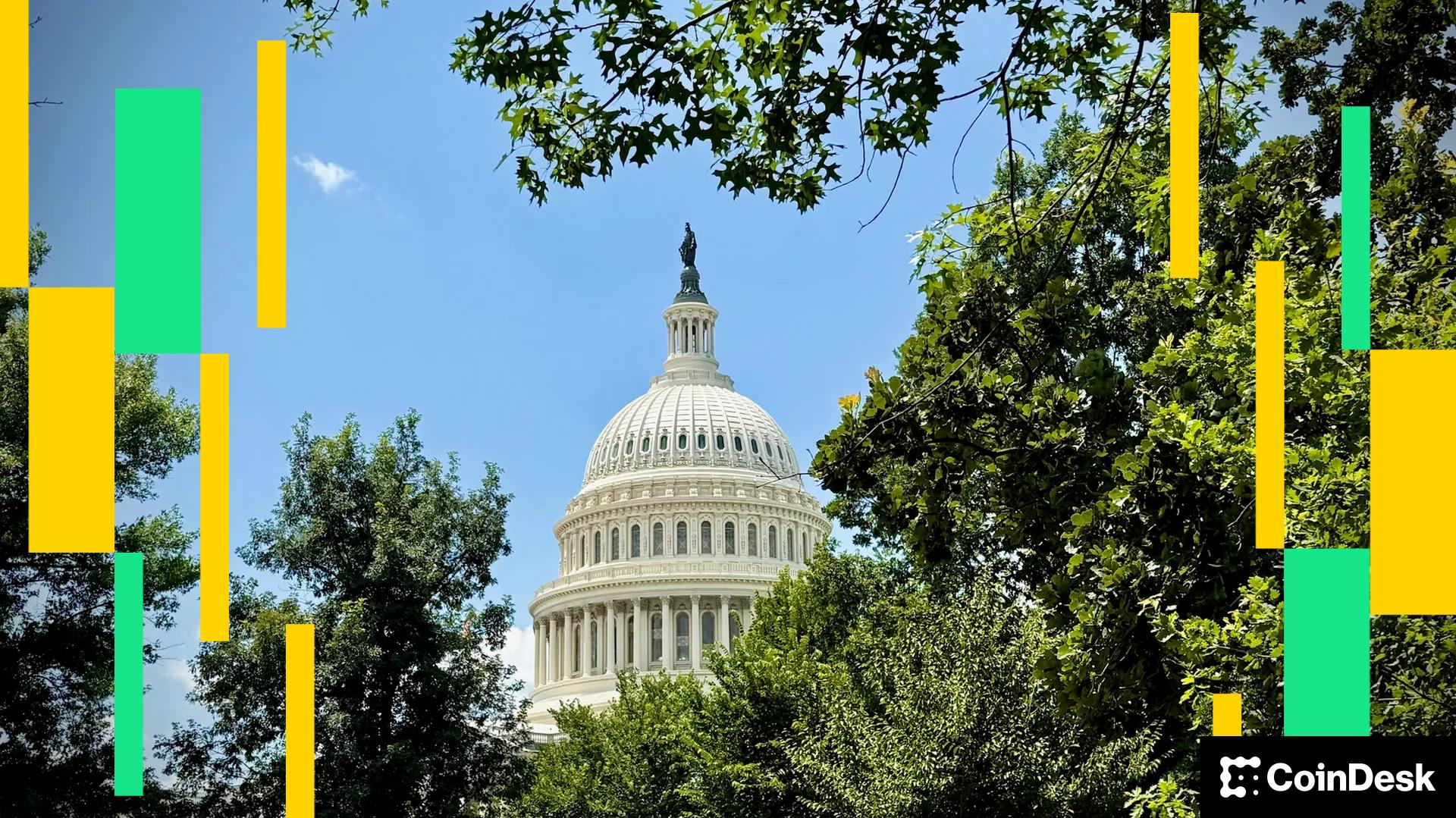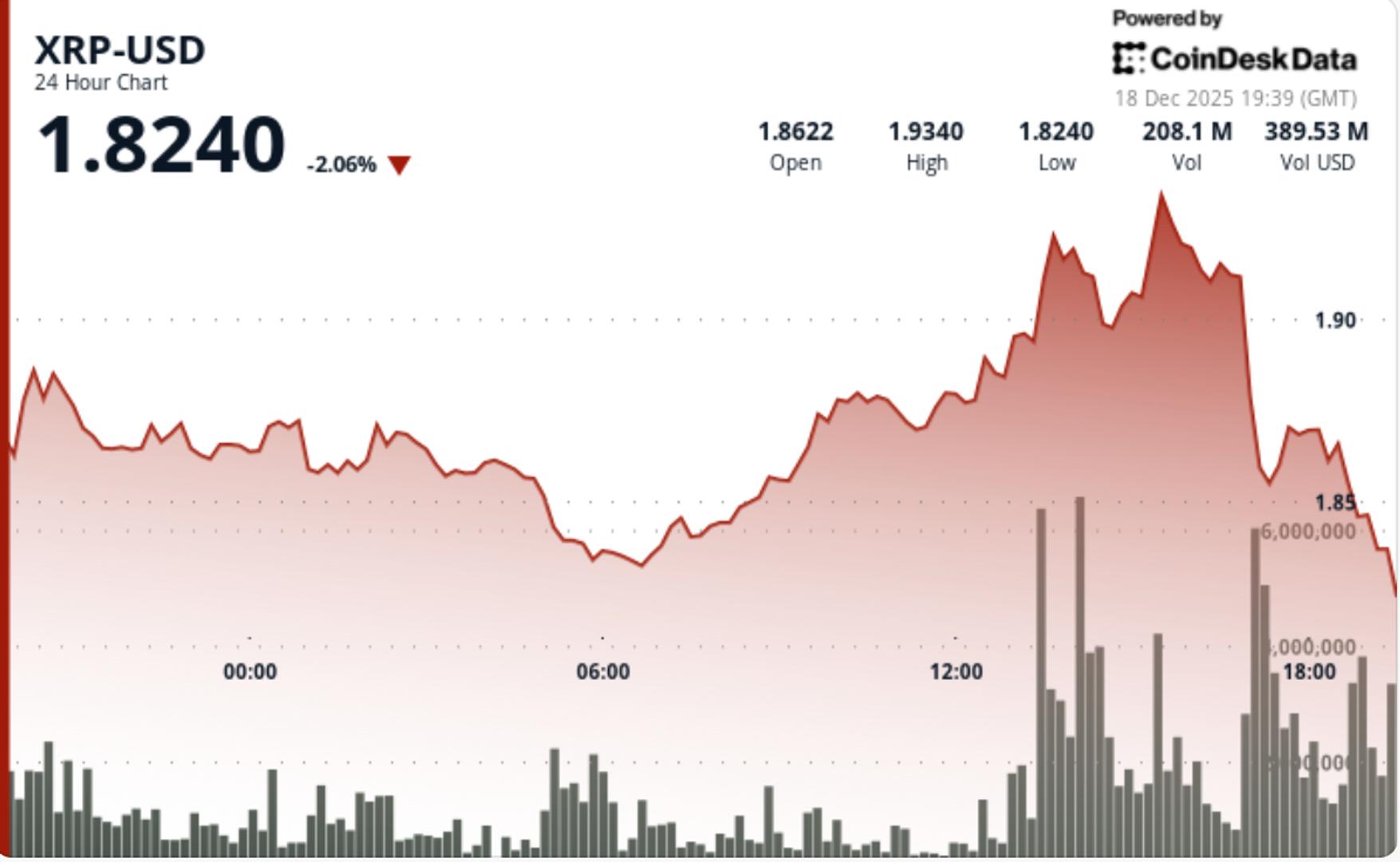Hedera and the Internet of Value: Why HBAR Is a Dark Horse AllinCrypto October 31, 2025
A new vision for global finance is emerging. The Internet of Value, where money, data, and digital assets move seamlessly and securely across networks, is becoming a reality, and Hedera is at the forefront.
Among leading technologies helping bring the Internet of Value vision to life, Hedera Hashgraph, a public distributed ledger for enterprise use cases, has a lot going for it.
While networks like Ripple’s XRP Ledger and Stellar focus on payment niches, solving and digitizing traditional issues, Hedera is positioning itself as the infrastructure layer for institutional adoption to power tokenized assets, stablecoins, and regulated digital markets.
The Internet of Value
A vision of an Internet of Value is where value and money move as easily as information does today in Web 2. In an IoV world, assets, whether currencies, securities, or digital representations of real-world goods, can be exchanged instantly and globally without intermediaries.
The Internet of Value can be made possible with blockchain networks, but some networks are more suited for the task than others. Bitcoin’s network, and Ethereum’s to an extent, face limitations in speed and cost, making them difficult for institutions and governments to adopt widely. Hedera is an alternative.
With its Hashgraph consensus, Hedera is able to reach finality in seconds, supporting over 10,000 transactions per second, and maintains transaction fees in fractions of a cent. It is also carbon-negative and governed by a council of global enterprises.
This architecture makes Hedera not just another blockchain, but a highly efficient trust layer for the Internet of Value, a network capable of connecting the worlds of TradFi, Web3, and institutional tokenization.

Tokenization on HBAR
One of Hedera’s strongest use cases lies in tokenization, bringing physical and financial assets onto a digital ledger. From real estate and carbon credits to supply chain assets and equities, tokenization allows assets to be traded, fractionalized, and settled within seconds.
Hedera’s Token Service (HTS) provides a framework for issuing and managing digital assets at scale. Unlike many blockchain networks, Hedera allows for native tokenization without requiring smart contracts, reducing potential risks.
Tim Popplewell, CEO (Scintilla by DLA Piper), on the Hedera Token Service:
“We are committed to pushing the boundaries of what is possible in digital finance while ensuring our solutions are underpinned by strong regulatory compliance. With our new suite of products and services, we are empowering investors to transform the way they manage and access value.”
For institutions, this matters a lot. The ability to tokenize assets while complying with regulations and maintaining auditability is key to institutional adoption. This also goes for interoperability.
The HBAR token sits at the center of this ecosystem, used to pay for network services and facilitate transactions across the Hedera ecosystem.
As more institutions deploy tokenization solutions on the network, demand for HBAR as the utility of this infrastructure could rise significantly. That’s not without mentioning new ETFs such as the Canary HBAR ETF (HBR), which can allow insitonal investors to acquire and hold HBAR.
Hedera: A Dark Horse in Institutional Crypto
Hedera has quietly built one of the most enterprise-ready crypto ecosystems in the world. Its network is being used in a variety of ways. Most notably, Hedera is helping innovate the carbon market with DOVU, which is using Hedera to tokenize carbon credits. To do this, DOVU migrated to Hedera from Ethereum.
The Reserve Bank of Australia is including Hedera in its CBDC pilot, and Lloyds Bank, Aberdeen Investments, and Archax utilized Hedera to tokenize UK money market funds.
As more banks, corporations, and governments look for compliant, scalable ways to enter Web3, Hedera stands as a ready-made infrastructure layer.
In the coming years, as tokenization becomes central to how value is exchanged and recorded, the Hedera network could emerge as one of the most critical systems in digital finance, a dark horse quietly powering the Internet of Value.
The post Hedera and the Internet of Value: Why HBAR Is a Dark Horse first appeared on AllinCrypto.







